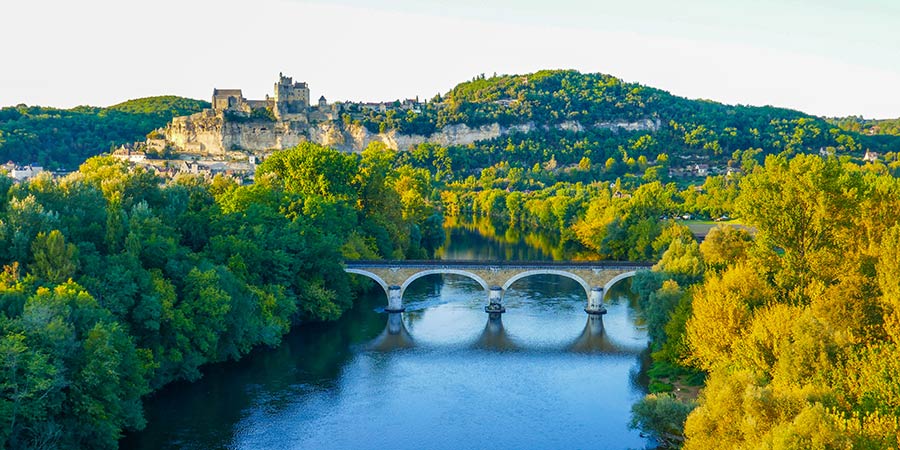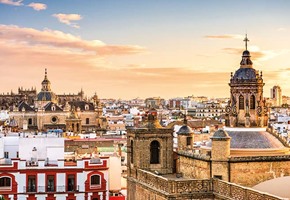Rising in the volcanic peaks of the Auvergne and flowing west to the Garonne north of Bordeaux, the understated Dordogne is a quintessential representation of rural France. The most charismatic and enticing stretch of the river is between Souillac and Bergerac as the Dordogne winds past classical châteaux, spectacular hilltop towns and villages seemingly hewn into encroaching gorges.
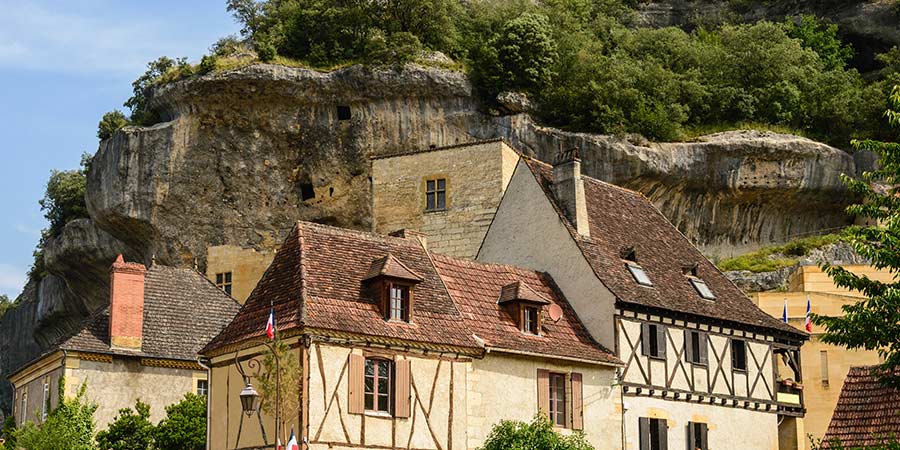
What's the history of the Dordogne?
With 147 prehistoric sites and 25 decorated caves in the nearby UNESCO-listed Vézère valley, and evidence of the arrival of Homo erectus some 400,000 years ago, history abounds around the Dordogne.
In addition to the remarkable cave dwellings, the most indelible marks were left on the towns and villages near the river in the Middle Ages. In pretty villages and labyrinthine towns, there is an abundance of evocative medieval architecture, much dating from around the time when the region was under the rule of England.
Brits have long had an affinity for the area and there have been large expat communities in the Dordogne since the 1980s, drawn to the beautiful scenery and traditional cuisine.
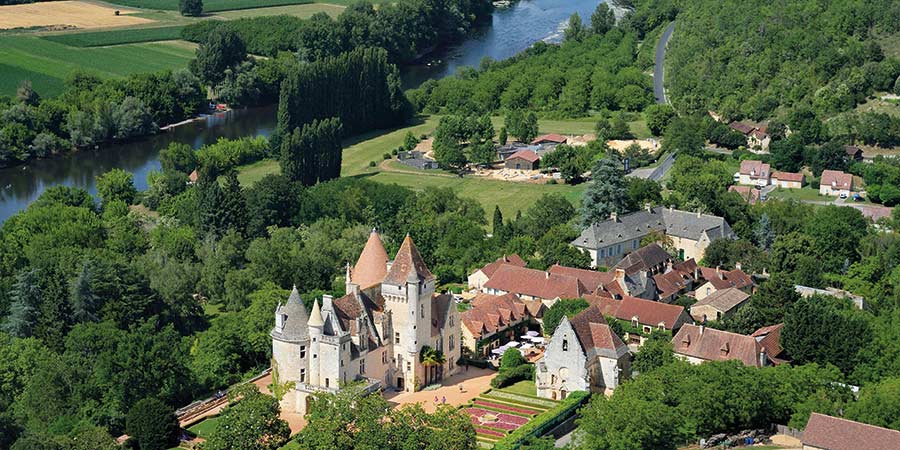
Dordogne's top cultural sights
The prehistoric caves around Les Eyzies attract up to a million visitors a year. It was at nearby Cro-Magnon that one of Europe's earliest Homo sapiens was discovered in 1868, with tools found in the shelter dating from more than 30,000 years ago. The astonishing cave paintings in the area reveal glimpses into the mysterious lives of our ancient ancestors.
Much of the culture along the banks of the Dordogne focuses on the natural beauty of the area. The romantic Marqueyssac Gardens sit around a charming 19th-century castle and its sinuous paths are lined with sculpted boxwood, dotted with flowers, waterfalls and rockeries. At the end is a belvedere unveiling amazing views across the river and its verdant valley.
Nearby is another fantastic château, but this one is renowned due to a surprising resident. Enjoying wonderful panoramic vistas, the 15th-century Château des Milandes displays the fairytale features you would expect from such a castle. However, it is now more famous as the former home of 1920s Parisian cabaret star Josephine Baker, who bought it in 1947. The American-born singer and dancer, who performed at the Folies Bergère, created a sumptuous Art Deco haven. Whilst exploring the château, you can see displays commemorating her life and work - including her time in the French Resistance during World War Two.
The current Dordogne département corresponds roughly with the historic Périgord region and has long been famed for its produce, including the cherished truffle. Originally used to transport truffles from the market in Martel, the restored Truffadou Steam Train now provides excellent views across the beautiful local countryside. Hugging a cliff face, a charming steam engine hauls open carriages around the valley on a round trip from Martel to Saint Denis.

Best places to visit in the Dordogne
The Dordogne attracts visitors due to its incredible natural beauty and towns that make the most of their surroundings.
One of its most charming villages is the picture-perfect La Roque-Gageac. Nestled under the craggy cliffs near the Marqueyssac Gardens on a gentle bend of the Dordogne, the gorgeous golden stone houses with traditionally steep Périgord roofs almost blend in with their surroundings. Looking carefully at the imposing limestone cliff behind, you might notice 12th-century caves dotted into the cliff-face. These were used to help the village withstand invaders during the Hundred Years War. It's not only humans that have been protected by the cliffs - they have created a microclimate where exotic trees and plants bloom. One of the most enjoyable ways to view La Roque-Gageac is from the river itself on a gabare - a traditional flat-bottomed boat that used to transport produce and goods along the Dordogne.
Nearby, you can find the hilltop town of Domme. Often called the 'Acropolis of the Périgord', this medieval stronghold sits 820ft above the river, providing exquisite views across the meandering river and verdant countryside. A labyrinth of honey-hued houses, Domme's importance waned in the 17th century leading to its wonderful state of preservation. On Friday 13th October 1307 - a date that helped influence superstition about Friday the 13th - many Knights Templar were arrested under the orders of King Philip IV of France and imprisoned in dungeons beneath Domme. Symbols carved into the walls by Knights Templar remain to this day and appear to refer to the Holy Grail and Jerusalem's Temple on the Mount.
Myth and legend shroud this region, and the breathtaking village of Rocamadour has long been a site of pilgrimage. Cascading down a large cliff face, Rocamadour is a mix of rustic medieval houses and impressive religious buildings, dominated by the resplendent Sanctuary - a complex of seven chapels and churches halfway up the cliff. In the Middle Ages, a statue of a Black Madonna was discovered here and, for centuries afterwards, pilgrims used to climb the 216 steps of the 'Great Staircase' on their knees. Thankfully, there is now the option of a lift. The statue can now be viewed in the Chapel of Notre-Dame in the village and has been linked to several miracles. It's a spectacular and culturally important village with the bonus of awe-inspiring views across the valley.
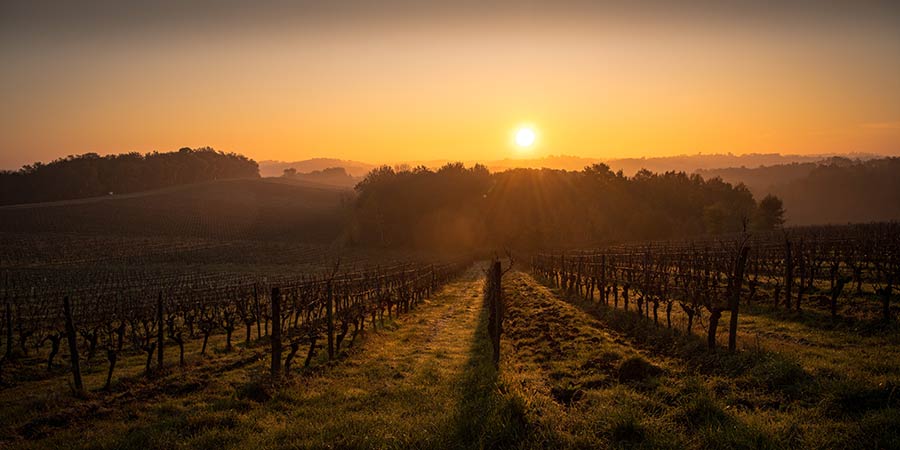
Trying the Dordogne's local cuisine
The Dordogne produces some of the most acclaimed ingredients in France, while its restaurants serve up everything from traditional home-cooked dishes to gastronomic delicacies.
Visiting one of the region's many markets, particularly the fantastic one in medieval Sarlat, you will find some of the delicious delights for which the region is renowned, including truffles, foie gras, walnuts, cheese and wine.
The Bergerac wine region, while near to Bordeaux, is completely separate and famed in its own right for the sweet white Monbazillac. Some of the region's most popular cheeses belong to the family of Cabécous goats' cheese, including the soft and creamy Rocamadour which is best paired with walnut bread.
This area specialises in duck and goose dishes and, although more associated with the Occitan towns of Castelnaudary, Carcassonne and Toulouse, cassoulet is a popular dish in the Dordogne. A hearty stew of haricot beans, sausages and either confit duck or goose, it's seriously filling but incredibly warming.
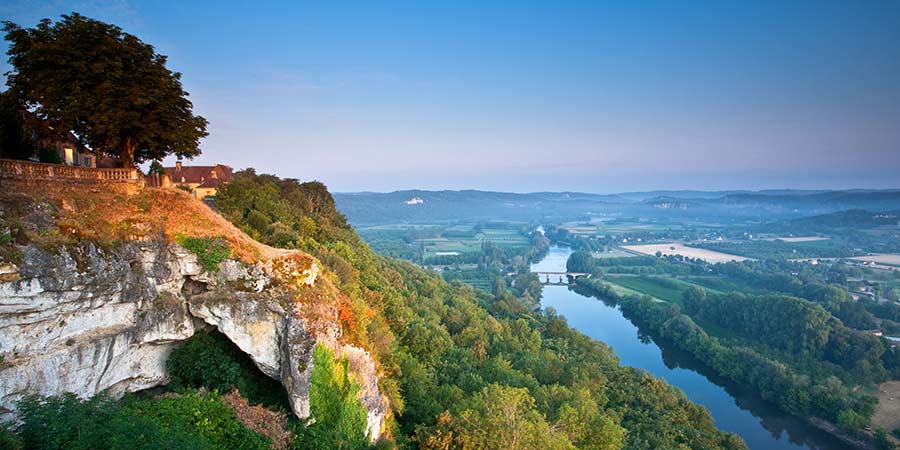
Why visit the Dordogne?
When Brits consider moving to France, they invariably imagine somewhere like the Dordogne valley. Jaw-dropping scenery, idyllic villages and a laid-back lifestyle can all be enjoyed while sampling the buzz and beautiful produce of its lively markets.
With incredible history from prehistoric treasures and quintessential châteaux to remarkable journeys on heritage trains or relaxing cruises along the graceful river, there is always a delightful view or experience to enjoy.
Best time to go
Summer is the most popular season in which to visit the Dordogne, with warmer temperatures and a hive of activity on and around the river, including canoeing.
Spring and autumn are quieter and cooler, but both have their unique charms. From April to May, you can enjoy the spring flowers in the markets, while September and October brings the annual wine harvest.
Explore the Dordogne with Great Rail Journeys on the following tours:

